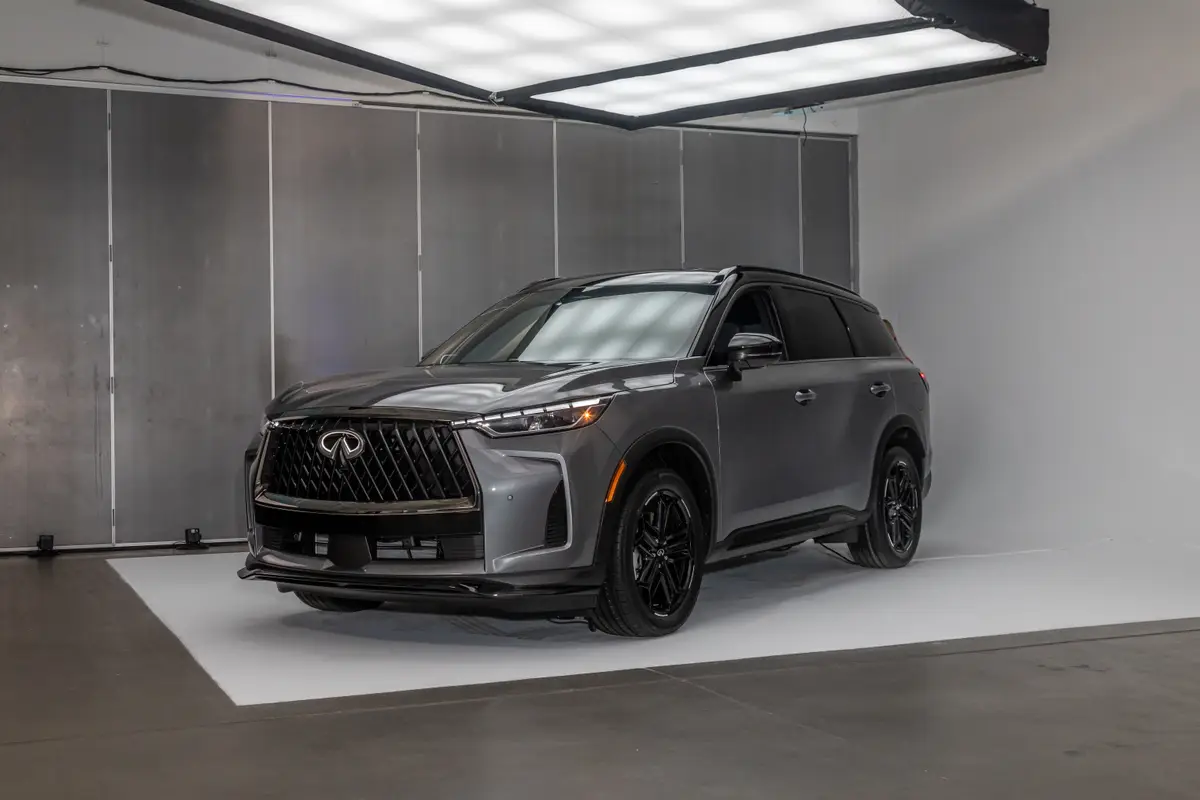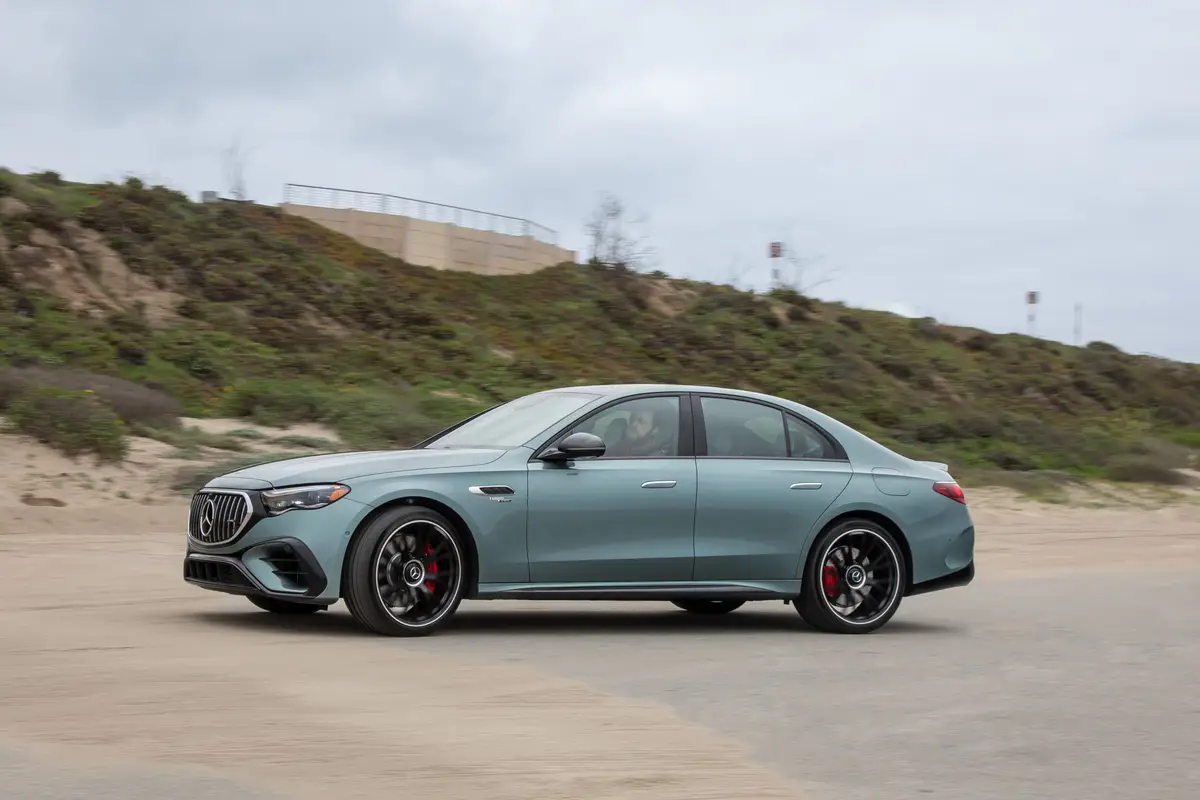KansasCity.com's view
The Mustang ranks right alongside the Chevrolet Camaro and Dodge Challenger as an icon of the “pony car” era from the late 1960s and early 1970s, but the 2010 model lagged behind the Camaro and Challenger in the way of horsepower.
A little less horsepower might not seem like much of an issue, but performance has always been the key to a pony car. A V-6 Camaro had 304 horsepower, compared to 210 for the V-6 Mustang. The V-8 in the Mustang GT had 315 horsepower, whereas the Camaro SS had 426 horsepower. Ford set out to respond.
For 2011, the Mustang pony prances with its head high because two new engines are available. The 3.7-liter V-6 delivers 305 horsepower and the 5.0-liter V-8 now has 412 horsepower. The increases level the playing field once again.
The 2011 V-6 is rated at 29 miles per gallon on the highway and the V-8 is 26 mpg.
The Mustang was redesigned in 2010. The slightly sleeker exterior is an evolution of the previous generation, yet it looks fresh. The rear fenders have a more pronounced shape, and the Mustang emblem, redesigned for the first time since 1964, is larger. The interior was updated with higher-quality materials and better seats.
The 2011 V-6 test car, from Ford’s press fleet, was equipped with a six-speed manual transmission. The 3.7-liter engine delivers plenty of low-speed torque. It accelerates strongly without needing to be flogged, which is good because the engine felt a little coarse when revved hard. The manual gearbox was light and easy to use, but the engine rpm was slow to drop during high-rpm shifts, and that was less than pleasing. The automatic transmission would be smoother, plus it gets slightly better highway mileage.
The V-6 suspension has been upgraded to handle the additional power of the new engine, and it feels solid and well-anchored. The ride tends to be a bit stiff, and the rear axle hopped around over rough pavement. The brakes are bigger as well.
It’s only natural to compare the Mustang to the Camaro and Challenger, and that comparison is even more apt now that the power outputs are so similar. The Mustang feels small, lighter and slightly more agile than the other two. The cabin of the base V-6, although it has been improved considerably over the 2009 in terms of material quality and seat comfort, is still not quite as nice as that of its competitors.
The gauges are bright and simple, and tiny LEDs light the cup holders and foot wells at night. Additional sound deadening reduces road noise.
Audio and climate controls on the center stack are large and easy to use. Ford’s voice-activated Sync music and phone system now has 911 Assist.
As J Mays, Ford’s vice president of design said, “The new Mustang is close to the magnetic center of the original.” The Mustang faithful will certainly agree.
Price
The base price of the test car was $22,145. Options included the security package and a 3:31 rear axle ratio. The sticker price was $23,785.
Warranty
Three years or 36,000 miles with a five-year, 60,000-mile powertrain warranty.
2011 Ford Mustang
Engine: 3.7-liter, 305-hp V-6
Transmission: Six-speed
Rear-wheel drive
Wheelbase: 107.1 inches
Curb weight: 3,453 lbs.
Base price: $22,145
As driven: $23,785
Mpg rating: 19 city, 29 hwy.
Tom Strongman’s e-mail address is tstrongman@kc.rr.com.
Latest news



